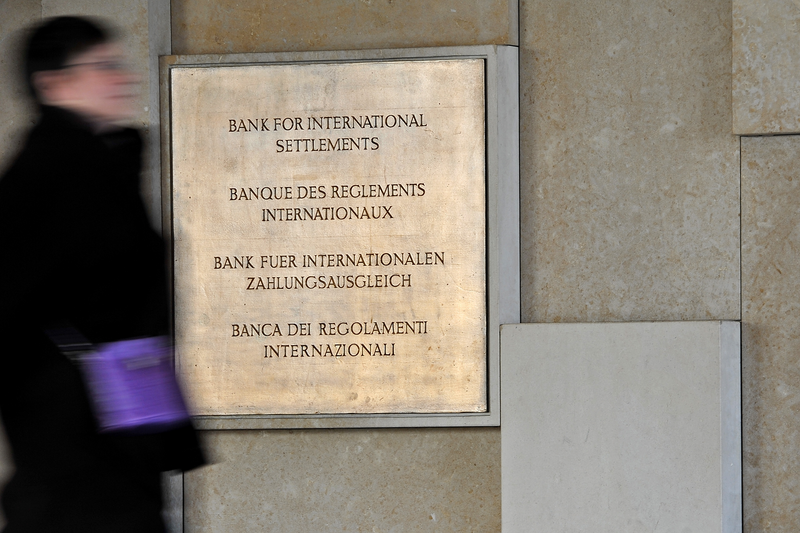The Basel Committee on Banking Supervision has recently issued a consultation on guidelines for counterparty credit risk (CCR) management.
The guidelines provide a supervisory response to the significant shortcomings that have been identified in banks’ management of CCR, including the lessons learned from recent episodes of non-bank financial intermediary (NBFI) distress.
Supervisors consider exposures to highly leveraged counterparties via derivatives and securities financing to be the riskiest. They are observing similar deficiencies in some banks’ management of commodity-related counterparties. See also FCA chair urges greater effort to gather quality data for NBFI regulation.
Collapse of Archegos Capital Management
The collapse of Archegos Capital Management highlighted deficiencies in some banks’ risk management practices, including the aggregation of counterparty risk exposure to effectively assess the concentration and illiquidity of risk positions.
Those deficiencies include:
- insufficient governance and risk management frameworks, including risk monitoring and stress testing in relation to the business strategy;
- inadequate collection of information on clients’ positions and exposures as part of due diligence, and limited efforts to understand and assess clients’ investing strategies;
- the absence of comprehensive limit frameworks;
- weak margining practices, including the use of “static” margining and inadequately calibrated margining by some banks; and
- possible regulatory arbitrage behaviour regarding the leverage ratio requirement.
New proposals
The proposals include key practices critical to resolving these long-standing industry weaknesses in CCR management, including the need to:
- conduct comprehensive due diligence of counterparties both at initial onboarding and on an ongoing basis;
- develop a comprehensive credit risk mitigation strategy to effectively manage counterparty exposures;
- measure, control and limit CCR using a wide variety of complementary metrics; and
- build a strong CCR governance framework.
What next?
The guidelines are designed to be broadly applicable to manage banks’ CCR exposures to all types of counterparties. However, the greatest potential benefits are expected to be in cases where banks have high-risk exposures to counterparties, including NBFIs.
BIS is encouraging banks and supervisors to take a risk-based and proportional approach in the application of the guidelines, taking into account the degree of CCR generated by banks’ lines of business, their trading and financing activities and the complexity of such CCR exposures.
The Basel Committee invites comments on the draft guidelines by August 28, 2024.
The proposed guidelines will replace the Committee’s Sound practices for banks’ interactions with highly leveraged institutions published in January 1999.
















